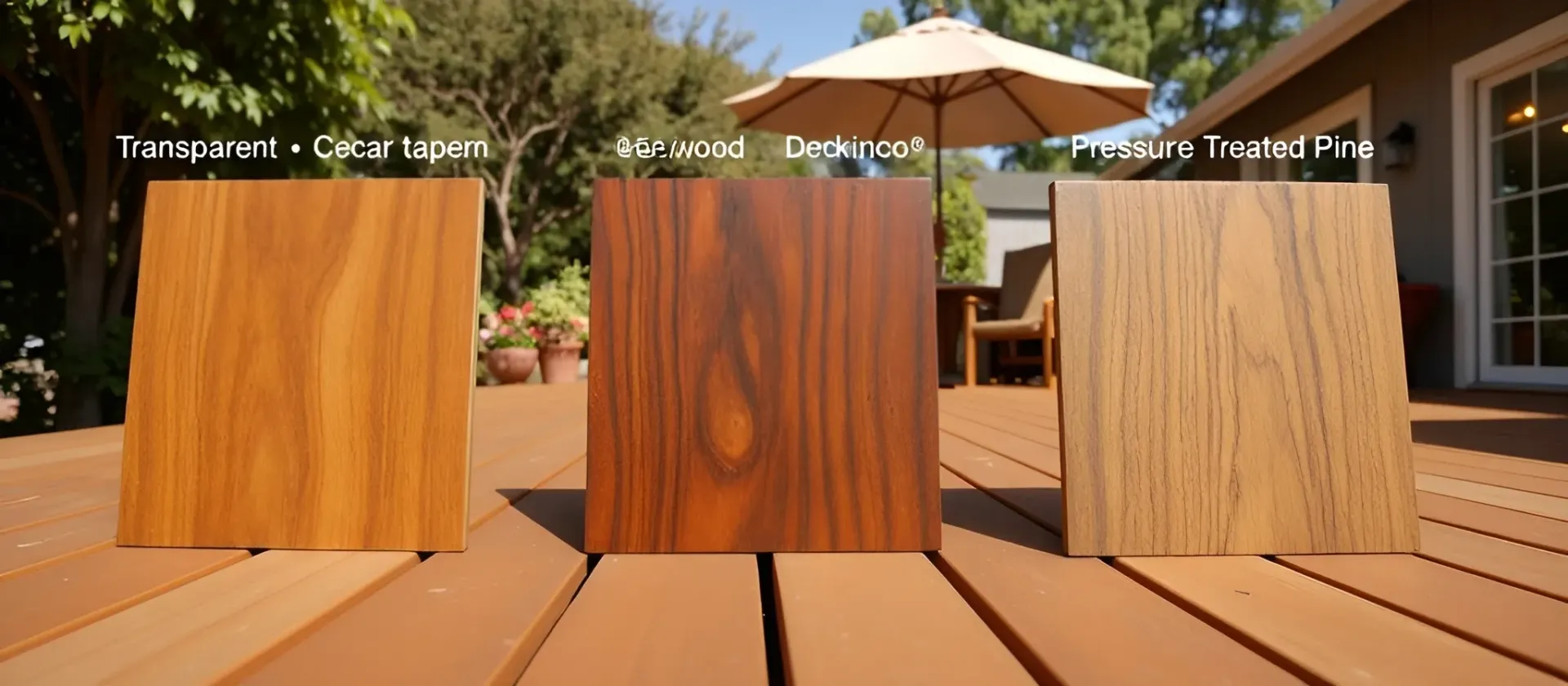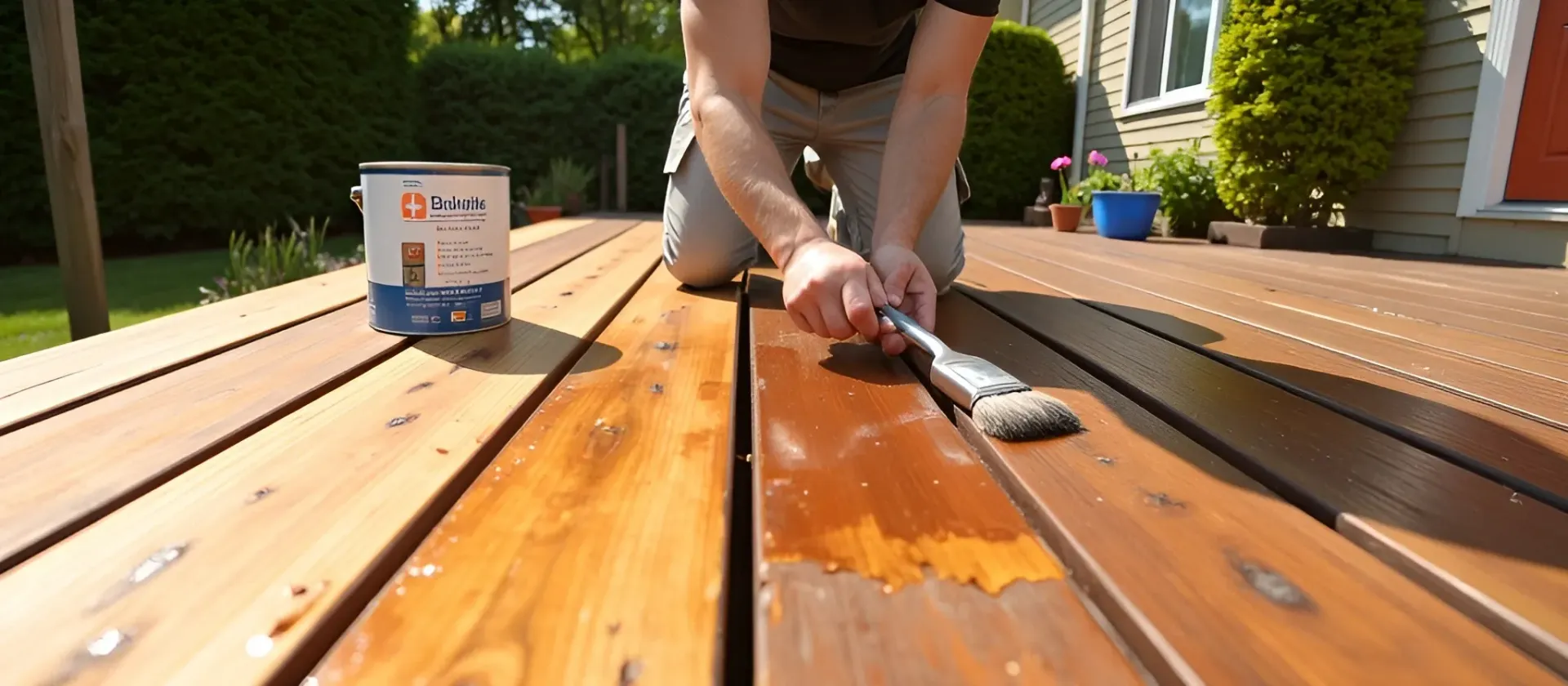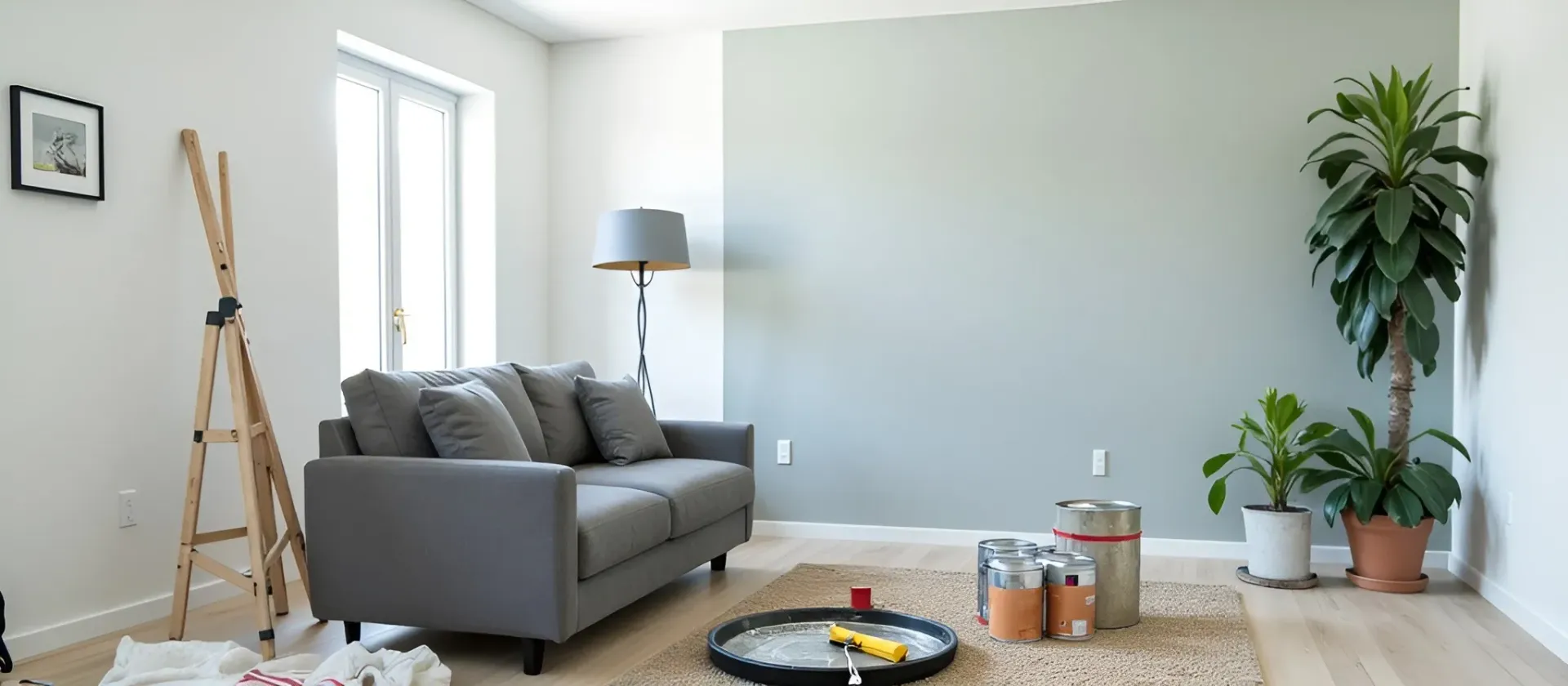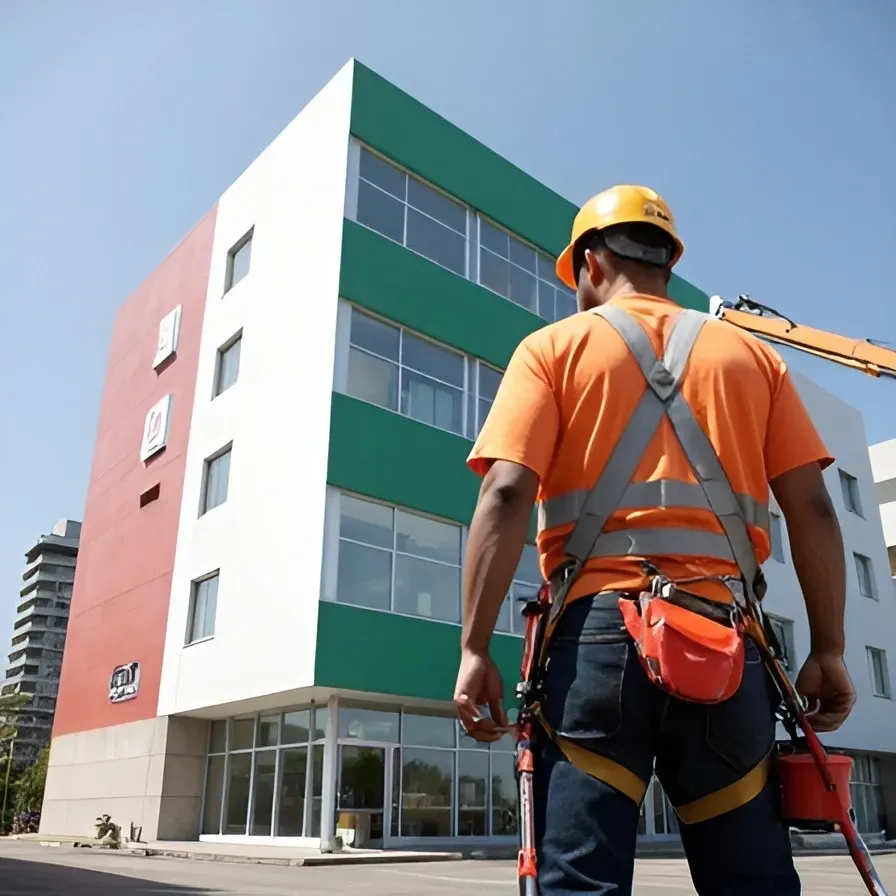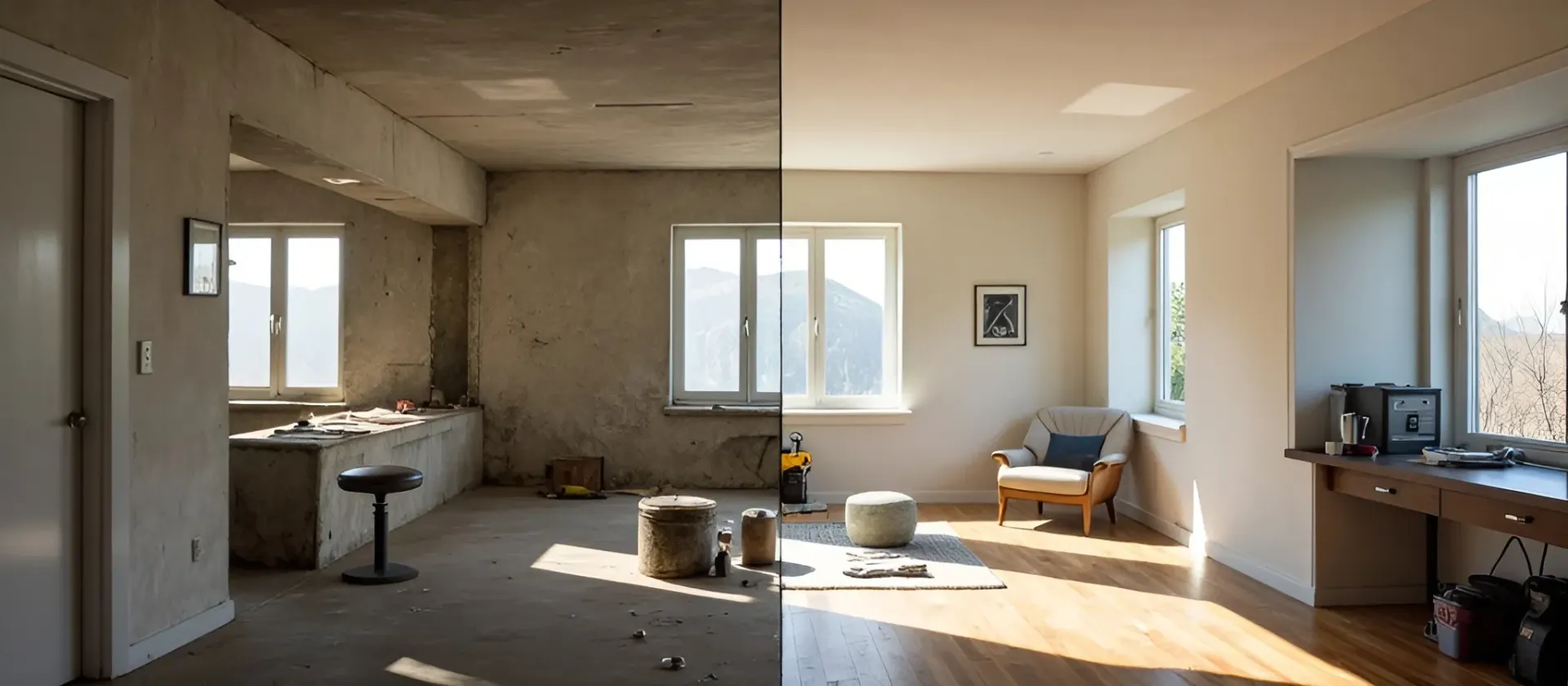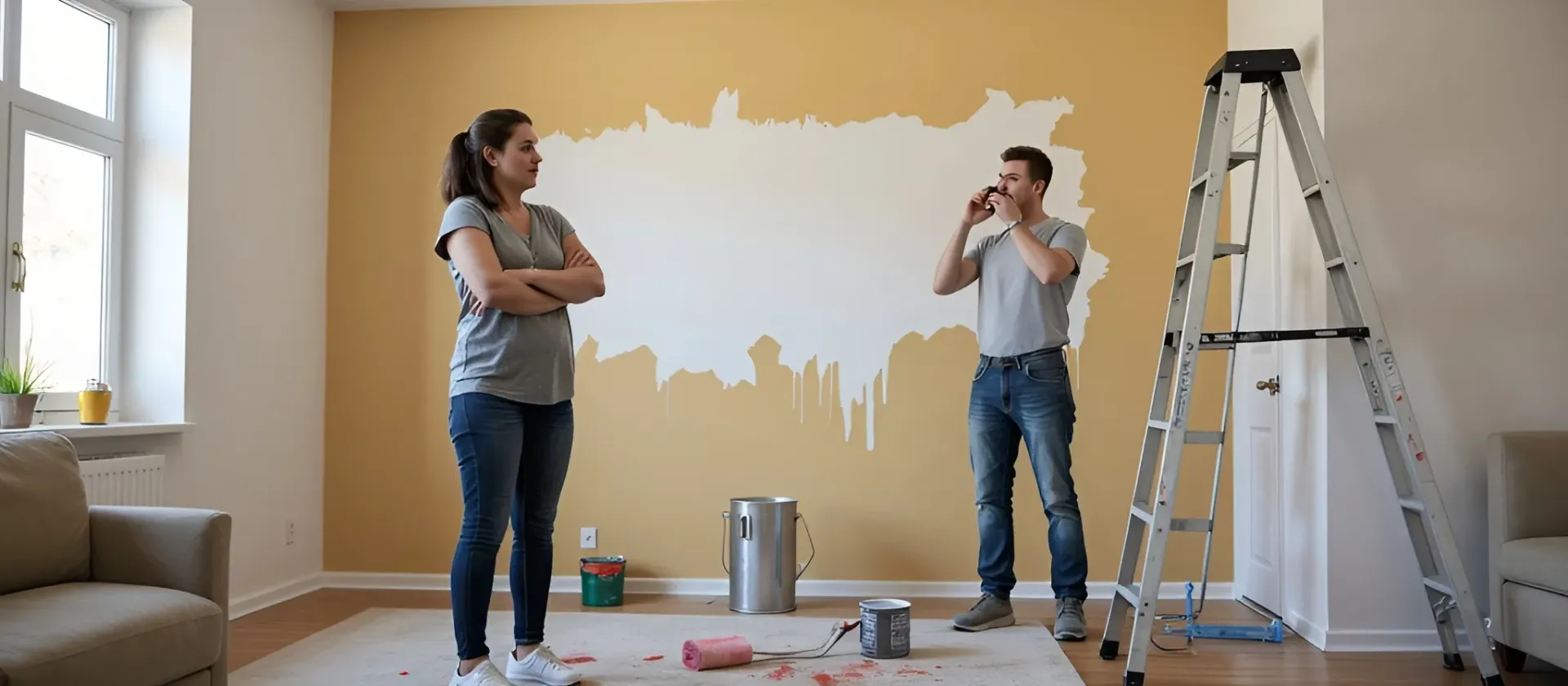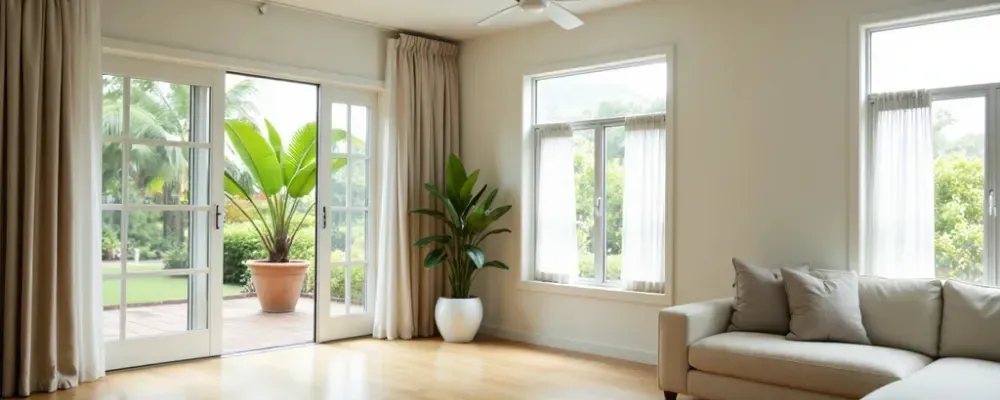10 Common Touch-Up Paint Mistakes and How to Avoid Them
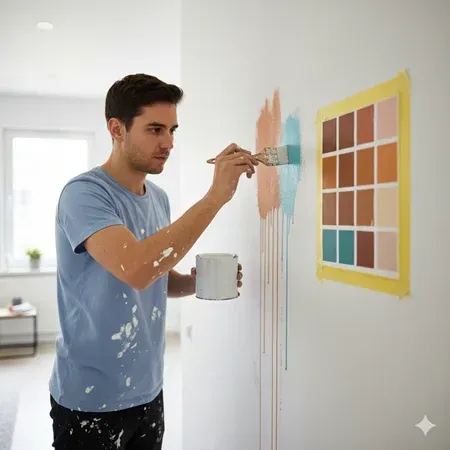
A patchy or mismatched touch-up paint job can ruin the look and whole charm of a perfectly painted home.
A touch-up job may look simple and straightforward, but even small touch-up paint mistakes can cost you a whole repaint if not done correctly.
Many homeowners dive into paint touch-ups without realizing how tricky it can be to blend old paint with new. The outcome? Blotches, blemishes, and uneven surfaces even after getting an expensive paint job.
In this guide, let's explore some common touch-up paint mistakes that many homeowners and DIYers make and how avoiding them can make a significant impact.
1. Ignoring Surface Preparation
The mistake: Painting directly over an unclean area.
Why it matters: The touch-up will not adhere and stick correctly if there is dust, oil, grease, or peeling paint under the surface. Without a clean surface, paint will end with an inconsistent texture.
How to fix it: Before touching up, always prepare the area. Make sure the surface is totally dry; if not, wipe it down with a moist towel and lightly sand it to fill in any gaps or cracks. For detailed tips on prepping your walls, check out our
interior painting guide.
2. Not Using the Primer
The mistake: Ignoring the use of the primer on the surface before the paint coat.
Why it matters: Applying paint directly to some surfaces without primer can lead to cracking of the paint.
How to fix it: A high-quality primer covers all the stains and provides better adhesion, especially for damaged surfaces. In addition, it also hides surface imperfections, making the touch-ups look fresh for longer. Learn more about proper
paint and touch-up techniques.
3. Improper Mixing of the Paint
The mistake: Applying old or outdated paint without proper mixing.
Why it matters: Over time, old paint starts separating naturally. Consequently, an uneven mixture of pigment and binder results in color or texture differences if you dip your brush directly in an old paint can.
How to fix it: Use a paint stick to stir and shake the paint thoroughly until it has a consistent thickness. For optimal results, have the paint professionally shaken at the store. If you need professional help, explore our
commercial painting services for precise results.
4. Excessive Paint Application
The mistake: One of the common touch-up paint mistakes is applying the paint excessively while over-dipping your brush or roller.
Why it matters: The patched appearance and ridges caused by thick paint tend to be more visible than the original blemish.
How to fix it: Use even and thin coatings for smoother coverage. Our
exterior painting services show how proper layering creates a flawless finish.
5. Fading or Aging of the Paint
The mistake: Assuming that touch-up paint matches a wall color even after years of wear or sunlight.
Why it matters: Paint ages, particularly in areas that face harsh weather conditions. The repair will stick out because fresh paint appears darker or brighter compared to the old.
How to fix it: Sometimes the only way to avoid touch-up paint mistakes is to repaint the entire wall or at least the affected area. Repainting the margins through touch-up helps improve color blending. Learn how to maintain wood surfaces with our
exterior wood and deck staining guide.
6. Ignoring the Edges
The mistake: Painting only the damaged area while ignoring the edges.
Why it matters: This hides noticeable spots and blemishes that stand out from the rest of the wall.
How to fix it: Mix the paint and slightly extend it beyond the repair area to include the edges. For expert guidance on seamless edge blending, check out our
interior painting services.
7. Using the Incorrect Paint Tool
The mistake: Using a brush to touch up where you have used a roller initially, or vice versa.
Why it matters: Roller texture and brush strokes have different appearances. Even if the color is correct, the incorrect tool will make your touch-up noticeable.
How to fix it: Always use the same tool that was used initially. For touch-ups, use a mini-roller if the wall is rolled. Stick with a brush if it was brushed initially for a consistent texture. Learn more about proper tools in our
paint and touch-up guide.
8. Touch Up Without Testing
The mistake: Immediately applying touch-up paint to a prominent spot without testing.
Why it matters: If the paint doesn't match or the texture doesn't seem right, it will end up with a ruined look.
How to fix it: Always start by testing the paint in a discrete area. Examine it in both natural and artificial lighting before moving to the final touch-up. For professional testing tips, see our
commercial painting services
for precision results.
9. Improper Paint Storage
The mistake: Leaving the paint cans open or exposed to air.
Why it matters: Paint stored improperly might harden, split, or dry out, making a smooth touch-up practically impossible.
How to fix it: Tightly seal paint cans and store them airtight by turning them upside down and in a dry, cool location. Proper paint storage will make your touch-ups stay fresh and smooth for many years. Learn storage tips from our
exterior painting guide.
10. Hurrying the Drying Process
The mistake: Making a touch-up while the paint is still wet.
Why it matters: Wet paint will not blend until completely dried and will always appear darker. Impatient people frequently overpaint, exacerbating the blemishes, making them look more prominent.
How to fix it: Let the paint completely dry before determining whether a second coat is required. Depending on the type of paint and the area, the drying process may take hours. For help with long-lasting finishes, check our
exterior wood and deck staining services.
Final Words
Touching up does not have to be as stressful as a complete paint job if you avoid these common touch-up paint mistakes.
Thus, avoiding common mistakes like improper surface prep, mismatched colors, skipping primer, and using the wrong tools can help you obtain a smooth, flawless, and expert-looking finish.
Whether you are doing an exterior or interior paint job, not taking the necessary measures may cost you a lot of money. Hence, making sure you do it right is significant.
Need assistance to fix your touch-up paint mistakes? Let's consult our professional painting team and get the best and most seamless finish for your home.

